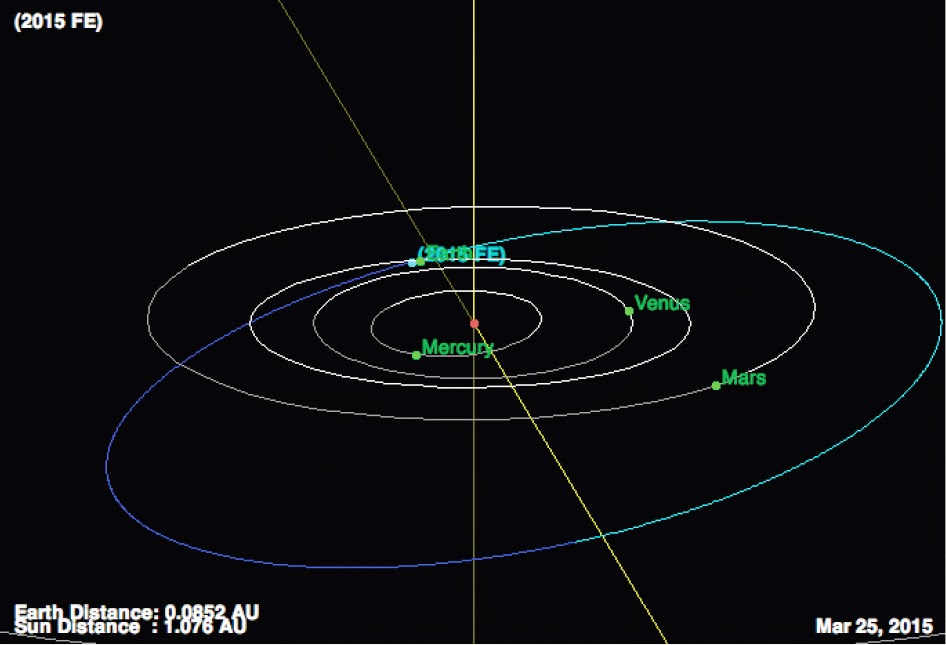Atlantic Storm Niklas, which has caused flooding and widespread disruption in the UK is reported to have reached hurricane force as it swept onto the European continent, with sustained winds in excess of 119 kilometers per hour (windspeeds recorded to be in excess of 119 kilometers per hour for periods of longer than a minute) reported in several parts of Germany. The storm is reported to have caused two fatalities in the UK, one in West Lothian and one in Nottinghamshire, as well as flooding in parts of England and Wales, disruption to rail services in England and Scotland, and loss of power to thousands of homes in England, Northern Ireland and Scotland. The Environment Agency has reported the highest storm surge on the North Sea recorded since 1953.
Damage to a car in Norwich; fortunately it was not occupied at the time. ITV.
In Germany the storm is reported to have caused at least three further fatalities, with a man crushed by a falling wall near Magdeburg and more killed by a falling tree which struck their car in Rhineland-Palatinate. Rail services have been disrupted across much of Germany, and the main railway station in Munich was briefly evacuated after part of a glass ceiling collapsed. Germany has also suffered power outages, particularly in the southwest, and disruption to air traffic, with many flights cancelled due to unsafe conditions.
Damage to a train which struck a fallen tree in Lower Saxony. DPA.
The Netherlands have also suffered severe disruption to transport networks, with roads closed by fallen trees, cancellations of flights and rail journeys and a container ship running aground at Vlissingen.
The MV Sealand Meteor which ran aground near Vlissingen in the Netherlands on 31 March 2015, while trying to make harbour in Antwerp. gCaptain.
Ocean storms form due to heating of air over the sea in tropical zones. As the air is heated the the air pressure drops and the air rises, causing new air to rush in from outside the forming storm zone. If this zone is sufficiently large, then it will be influenced by the Coriolis Effect, which loosely speaking means the winds closer to the equator will be faster than those further away, causing the storm to rotate, clockwise in the northern hemisphere and anticlockwise in the southern hemisphere.
Whilst the high winds associated these storms is extremely dangerous, the real danger from such storms is often the flooding. Each millibar drop in air pressure can lead to a 1 cm rise in sea level, and large storms can be accompanied by storm surges several meters high. This tends to be accompanied by high levels of rainfall, caused by water picked up by the storm while still at sea, which can lead to flooding, swollen rivers and landslides; which occur when waterlogged soils on hill slopes lose their cohesion and slump downwards, over whatever happens to be in their path.
See also...
At least six people have died as storms battered the German state of North Rhine-Westphalia on 9-10 June 2014. Two men and a woman were killed in Duesseldorf, where a tree fell on a shed in which...
One person has been confirmed dead after storms and high winds hit the Omsk region in southern Russia on Saturday 26 April 2014. The 23-year-old woman, who has yet to be named, was hit by a bus-shelter that had been uprooted by high winds in the village of...
At least six people have died after an Atlantic Storm hit Britain and France on Monday 23 December 2013. Simon Martindale (48) drowned in the...
Follow Sciency Thoughts on Facebook.










































